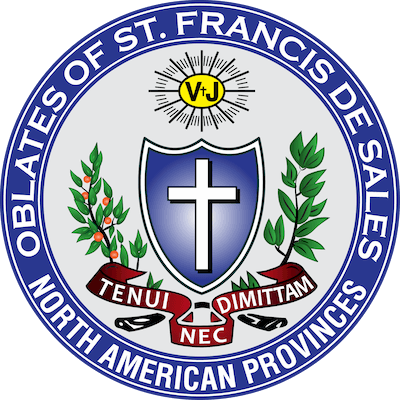Our first reading provides a mini-parallel from the Old Testament. It tells of Elisha feeding 100 people with 20 barley loaves.
The setting for today’s gospel is the place where God and man traditionally meet: a mountain - Mount Sinai where the 10 commandments were given, the mountain of the transfiguration, the mount of the beatitudes, and today, the mountain for the feeding of the 5000. The exact location is not recorded. We know that the place was near the Sea of Galilee. The time is near Passover, which appropriately conjures up the time of the Last Supper. Although place and time are sketchy, it is a story so important that it is the only miracle story that is found in all four gospels.
The traditional story of their lack of food is the segue for Jesus to begin to speak of himself as the bread of life. A difficulty with the traditional understanding is that it was precisely the temptation to make bread had been a temptation that Jesus rejected outright in the desert before he began his public ministry.
There is an alternative explanation for the miracle that has come more recently. Jews of Jesus’ day were seasoned travelers. They well knew that there were no golden arches of McDonald’s, or KFC’s or other fast-food places. Ancient Jews were famous for always carrying a bottled-shaped basket called a kophinos in which they carried kosher food to avoid ritual impurity.
So, an alternative interpretation is that when the Jewish followers saw that Jesus had them sit down and then Jesus took the boy’s barley loaves and fish and shared them, they were moved and followed his good example and shared what they carried. This interpretation is surely in line with Jesus’ many sayings about sharing: he praised the poor widow who gave the little she had, two pennies. Jesus said that it is more blessed to give than to receive. We recall the Good Samaritan who generously shared with an “outsider” in need. We recall how the enthusiastic Zacchaeus gave half of what he possessed to the poor.
Which of the two interpretations is correct? The traditional, almost magical interpretation has been preached for a long time, but the innovative interpretation does give us pause. Pause is good. The second interpretation stirs many reminders besides the words of Jesus just mentioned.
- It reminds us of the then current Jewish practice of carrying food.
- It reminds us that the bread came from barley, not wheat; barley was the bread of the poor – a reminder to us of simplicity.
- It reminds us of the difference in two disciples: Phillip, a native of that area, said, in effect, feeding the large crowd was a hopeless endeavor, while Andrew, the apostle famous for bringing people to Jesus, brought the boy to Jesus. He did something – a reminder to us to do something.
It reminds us that our Lord can take what we bring and do wonders. Remember Alex’s lemonade stand and how a little girl stole the hearts of us all with her simple, generous, loving heart with amazing results to this day.
It reminds you and me that in our cooperating with our lord in the coming of the kingdom, an even greater miracle than making bread is softening the hearts of others.



